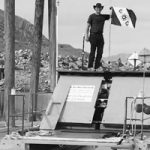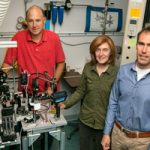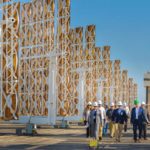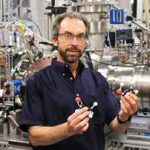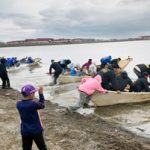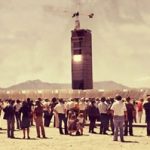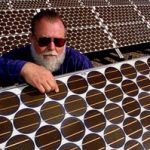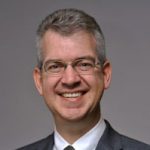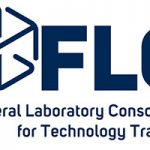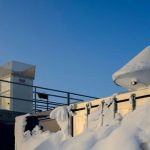Detecting quark nuggets, a candidate for extreme ball lightning and dark matter
Thirteen years ago, Chief Technology Officer and Vice President of Science and Technology Pace VanDevender retired from Sandia to become an 18th-century style “gentleman physicist.” He wanted to understand two mysteries before he died: puzzling electromagnetic signals observed on the Los Alamos-Sandia FORTE satellite and extreme ball lightning.
Cracking the code to soot formation
The longstanding mystery of soot formation, which combustion scientists have been trying to explain for decades, appears finally solved, thanks to research led by Sandia.
From concept to commercialization: 40 years of concentrating solar power research- Researchers, industry gather for celebration
To mark the National Solar Thermal Test Facility’s 40th anniversary in July, present and past Sandia staff and managers, industry leaders and government representatives came together for a day of talks and tours focused on the history of the facility, its contributions to solar energy and other fields and the current research outlook.
Researchers discover new source of formic acid over Pacific, Indian oceans
Insights from experiments at Sandia designed to push chemical systems far from equilibrium have led an international group of researchers to discover a new major source of formic acid over the Pacific and Indian oceans.
20 years of atmospheric science in the Arctic celebrated at barbecue
A community barbecue featuring science talks, door prizes and boat races celebrated 20 years of research on the changing Arctic climate in mid-July for the Sandia-managed Atmospheric Radiation Measurement Center in Utquagvik (formerly Barrow), Alaska.
Sandia to celebrate 40 years of solar power research
In 1978, Sandia began a unique program of research on concentrating solar power at the newly constructed National Solar Thermal Test Facility. Forty years later, the facility is still the only one of its kind in the United States. Sandia will celebrate the solar tower’s 40th anniversary on July 31.
The amazing growth of renewable energy from solar cells: A lesson for how we fund research?
Since 2004, the rate at which solar cell power is installed has doubled every 22 months and is now in excess of 0.1 terawatts per year. Research driving some of this expansion began right here at Sandia more than 40 years ago.
International corrosion society elects first Sandia fellow
Sandia materials scientist David Enos has been elected as a fellow of NACE International, the chief professional society for corrosion engineering. The first Sandian to receive the honor, David was chosen for his significant contributions to corrosion science and engineering for protecting materials in complex environments.
First wind blade from a 3-D printed mold, energy-saving nanoparticles earn Sandia national FLC awards
Sandia’s energy-saving nanomaterial window films and first wind turbine blades made from a 3-D printed mold earn national honors from the Federal Laboratory Consortium
Exploring Arctic clues to secure future with new Sandia, university partnership
The Arctic is undergoing rapid change, with sea ice melting and temperatures rising at a faster pace than anywhere else in the world. Understanding these changes is crucial for shaping and safeguarding U.S. security in the future, say Sandia scientists.
